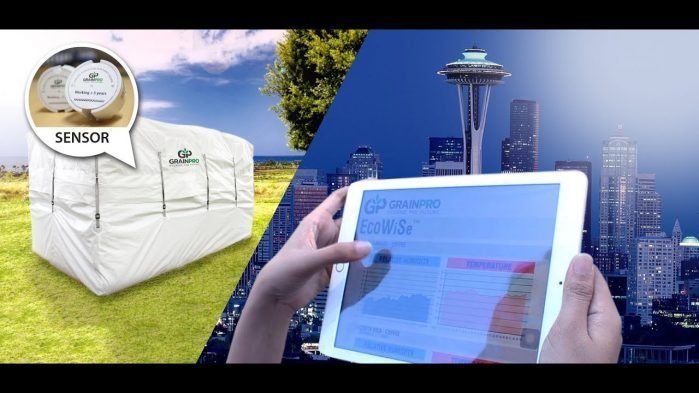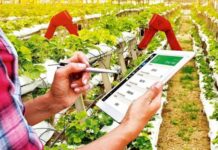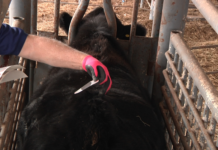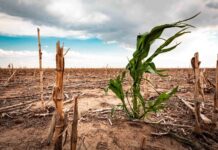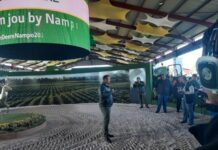Technology has paved the way for the development of human life for thousands of years. From the humble wheel to smart farming and advanced nanotechnology, our society is now dependent on technology to make our lives easier.
The same can be said for agriculture. Technology has helped shape agriculture so that humans will no longer be dependent on hunting and gathering. The ability to produce, store, and maintain commodities when we need it, where we need it, and how we need it has given humans the ability to survive and flourish. And now, smart farming technologies are taking over more traditional (and sometimes less efficient) techniques when it comes to producing food to meet our needs. 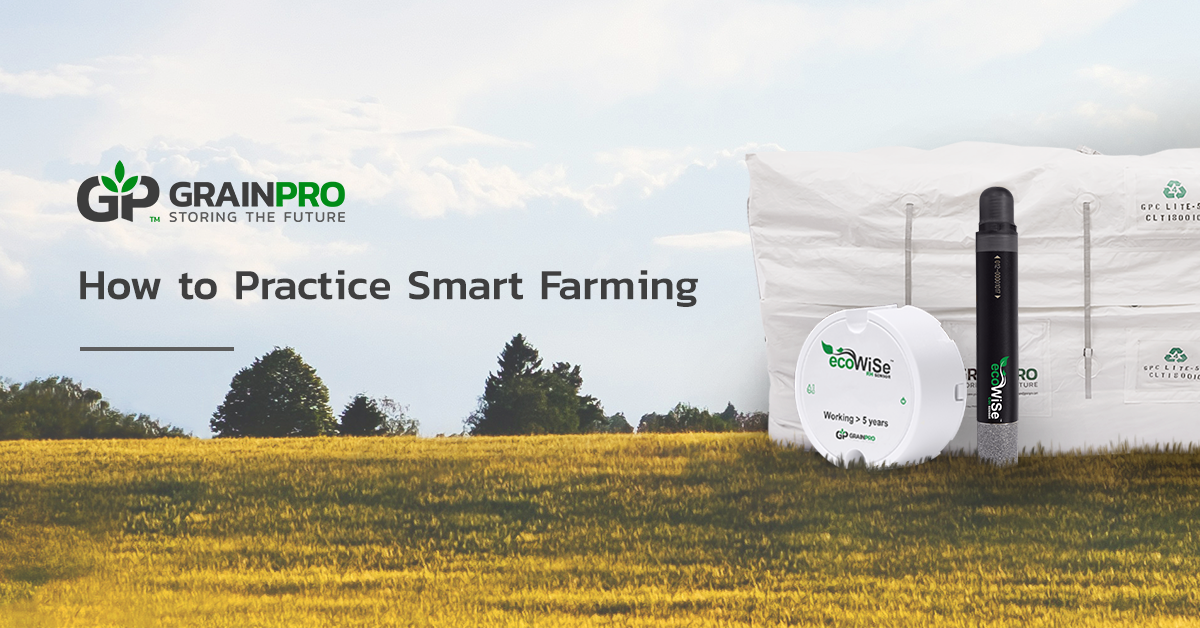
In many countries, farmers are using technology to do wonders for their agricultural sector. Through Information and Communications Technology (ICT), they are able to produce commodities in an efficient, climate-resilient, and safer approach. Even in challenging terrain and climate, farmers are now capable of producing food to meet demand. This brings huge potential in helping achieve sustainable goals such as ending world hunger and poverty.
When it comes to post-harvest, meanwhile, collecting data and monitoring commodities while in storage are important parts of an effective system. Fortunately, one can now decrease the chances of error in handling harvested products using smart farming technologies. Measuring variables is also made easier with innovations such as sensors and analyzers.
Monitoring data can be used in maintaining or even enhancing high-quality processes for high valued products. For products like heirloom rice or single origin specialty coffee, the whole handling process needs to be as closely monitored as possible at all stages. This reduces risks of contamination, insect infestation, quality loss, and all the hazards that may occur. Again, security is key.
For users of hermetic technology such as GrainPro’s Cocoon, monitoring commodities in large quantities has its challenges. One cannot open and close the Cocoons too often to check whether there are insect infestations or mold growth as this will allow air into the unit and remove its hermeticity. A certain period of time must pass so that it would be safe again to open such hermetic storage units. How then will Cocoon users monitor their commodities?
The answer is through remote sensing. Distance and inaccessibility are no longer barriers for protecting commodities when done with the right smart agriculture solutions such as the EcoWiSe. Using long-range sensing and real-time data transmission, information which includes temperature, relative humidity, and even carbon dioxide levels inside the hermetic unit can easily be accessible.
Partnered with a secure hermetic unit such as the Cocoon, EcoWiSe can remarkably enhance the safety of commodities. To learn more about this product, click the button below.



